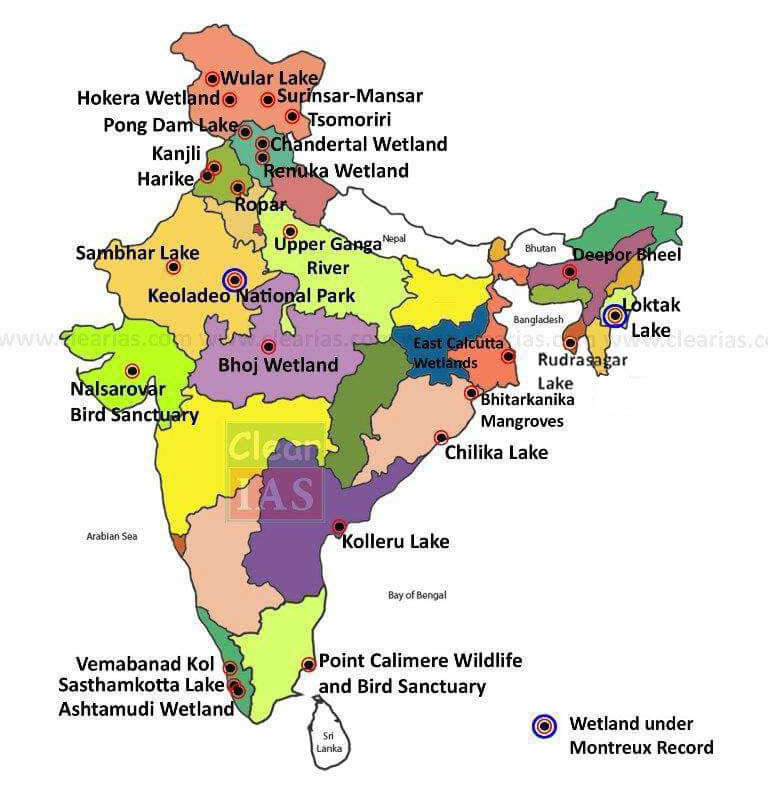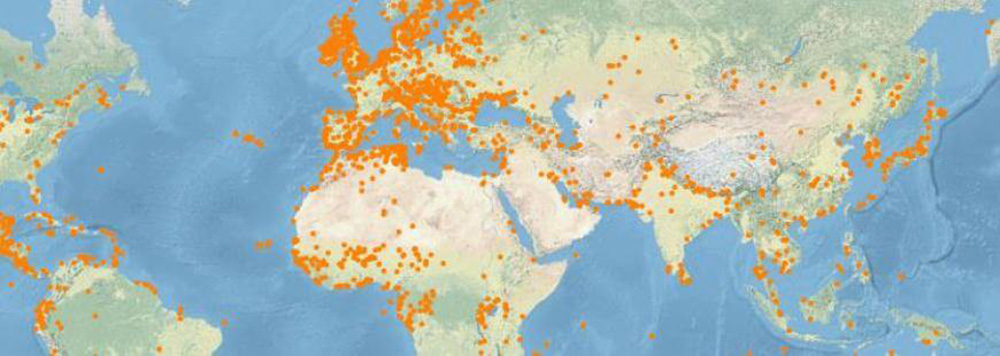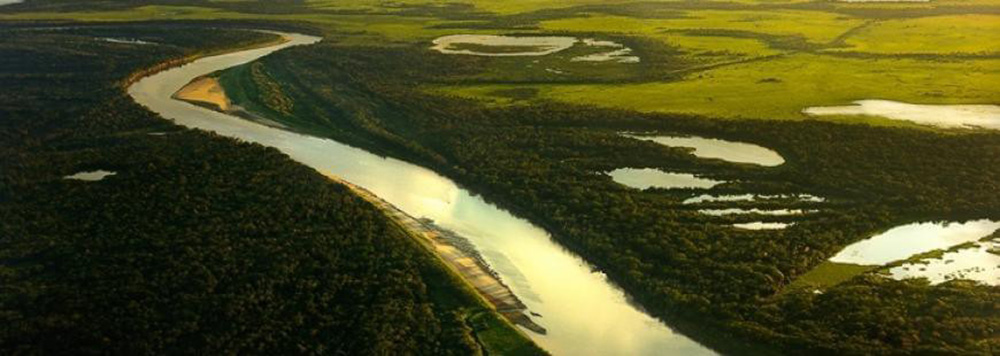What are the Ramsar sites in India? How can you memorize the names of Indian
wetlands?
A wetland is a place where the land is covered by water. Marshes, ponds, the edge of a lake/ocean, the delta at the mouth of a river, low-lying areas that frequently flood — all of these are wetlands.
Wetlands of international importance are also known as Ramsar sites.
Why wetlands are called ‘Ramsar sites’?
Ramsar is a city in Iran. In 1971, an international treaty for the conservation and sustainable use of wetlands was signed at Ramsar. The Convention’s mission is “the conservation and wise use of all wetlands through local and national actions and international cooperation, as a contribution towards achieving sustainable development throughout the world”.
More than 2300 wetlands of international importance
- Today, the Ramsar List is the world’s largest network of protected areas.
- There are currently over 2,300 Ramsar Sites around the world. They cover over 2.5 million square kilometres, an area larger than Mexico.
- The world’s first Site was the Cobourg Peninsula in Australia, designated in 1974. The largest Sites are Ngiri-Tumba-Maindombe in the Democratic Republic of Congo and Queen Maud Gulf in Canada; these Sites each cover over 60,000 square kilometres.
- The countries with the most Sites are the United Kingdom with 175 and Mexico with 142.
- Bolivia has the largest area with 148,000 km2 under Ramsar protection.

Ramsar Sites (Wetlands) in India: State-wise Compilation
| Sl. No. | Wetland Name | State |
| 1. | Kolleru Lake | Andhra Pradesh |
| 2. | Deepor Beel | Assam |
| 3. | Nalsarovar Bird Sanctuary | Gujarat |
| 4. | Chandertal Wetland | Himachal Pradesh |
| 5. | Pong Dam Lake | Himachal Pradesh |
| 6. | Renuka Wetland | Himachal Pradesh |
| 7. | Hokera Wetland | Jammu & Kashmir |
| 8. | Surinsar-Mansar Lakes | Jammu & Kashmir |
| 9. | Tsomoriri | Jammu & Kashmir |
| 10. | Wular Lake | Jammu & Kashmir |
| 11. | Ashtamudi Wetland | Kerala |
| 12. | Sasthamkotta Lake | Kerala |
| 13. | Vembanad-Kol Wetland | Kerala |
| 14. | Bhoj Wetland | Madhya Pradesh |
| 15. | Nandur Madhameshwar | Maharashtra |
| 17. | Loktak Lake* | Manipur |
| 18. | Bhitarkanika Mangroves | Orissa |
| 19. | Chilika Lake | Orissa |
| 20. | Harike Lake | Punjab |
| 21. | Kanjli | Punjab |
| 22. | Ropar | Punjab |
| 23. | Keshopur-Miani Community Reserve | Punjab |
| 24. | Nangal Wildlife Sanctuary | Punjab |
| 25. | Beas Conservation Reserve | Punjab |
| 26. | Sambhar Lake | Rajasthan |
| 27. | Keoladeo National Park* | Rajasthan |
| 28. | Point Calimere Wildlife and Bird Sanctuary | Tamil Nadu |
| 29. | Rudrasagar Lake | Tripura |
| 30. | Upper Ganga River (Brijghat to Narora Stretch) | Uttar Pradesh |
| 31. | Saman Bird Sanctuary | Uttar Pradesh |
| 32. | Samaspur Bird Sanctuary | Uttar Pradesh |
| 33. | Sandi Bird Sanctuary | Uttar Pradesh |
| 34. | Sarsai Nawar Jheel | Uttar Pradesh |
| 35. | Nawabganj Bird Sanctuary | Uttar Pradesh |
| 36. | Parvati Arga Bird Sanctuary | Uttar Pradesh |
| 37. | East Calcutta Wetlands | West Bengal |
| 38. | Sundarban Wetland | West Bengal |
* – Both sites are included in Montreux Record
Three pillars of the Ramsar Convention

Three pillars of the Ramsar Convention
Under the “three pillars” of the Convention, the Contracting Parties commit to:
- work towards the wise use of all their wetlands;
- designate suitable wetlands for the list of Wetlands of International Importance (the “Ramsar List”) and ensure their effective management;
- cooperate internationally on transboundary wetlands, shared wetland systems and shared species.
The Montreux Record
The Montreux Record is a register of wetland sites on the List of Wetlands of International Importance where changes in ecological character have occurred, are occurring, or are likely to occur as a result of technological developments, pollution or other human interference. It is maintained as part of the Ramsar List.

Interesting facts about Ramsar Convention/Sites
- The number of contracting parties is 171.
- At the time of joining the Convention, each Contracting Party undertakes to designate at least one wetland site for inclusion in the list of Wetlands of International Importance.
- The inclusion of a “Ramsar Site” in the List embodies the government’s commitment to take the steps necessary to ensure that its ecological character is maintained.
- Wetlands included in the List acquire a new national and international status: they are recognized as being of significant value not only for the country or the countries in which they are located but for humanity as a whole.
- There are nine criteria for identifying wetlands of international importance.
- There are six Ramsar regions.
- The 2nd of February each year is World Wetlands Day, marking the date of the adoption of the Convention on Wetlands on 2 February 1971.
- The Ramsar Sites Information Service (RSIS) is a searchable database which provides information on each Ramsar Site.
- The Ramsar Convention works closely with six other organisations known as International Organization Partners (IOPs). These are:
- Birdlife International
- International Union for Conservation of Nature (IUCN)
- International Water Management Institute (IWMI)
- Wetlands International
- WWF International
- Wildfowl & Wetlands Trust (WWT)
